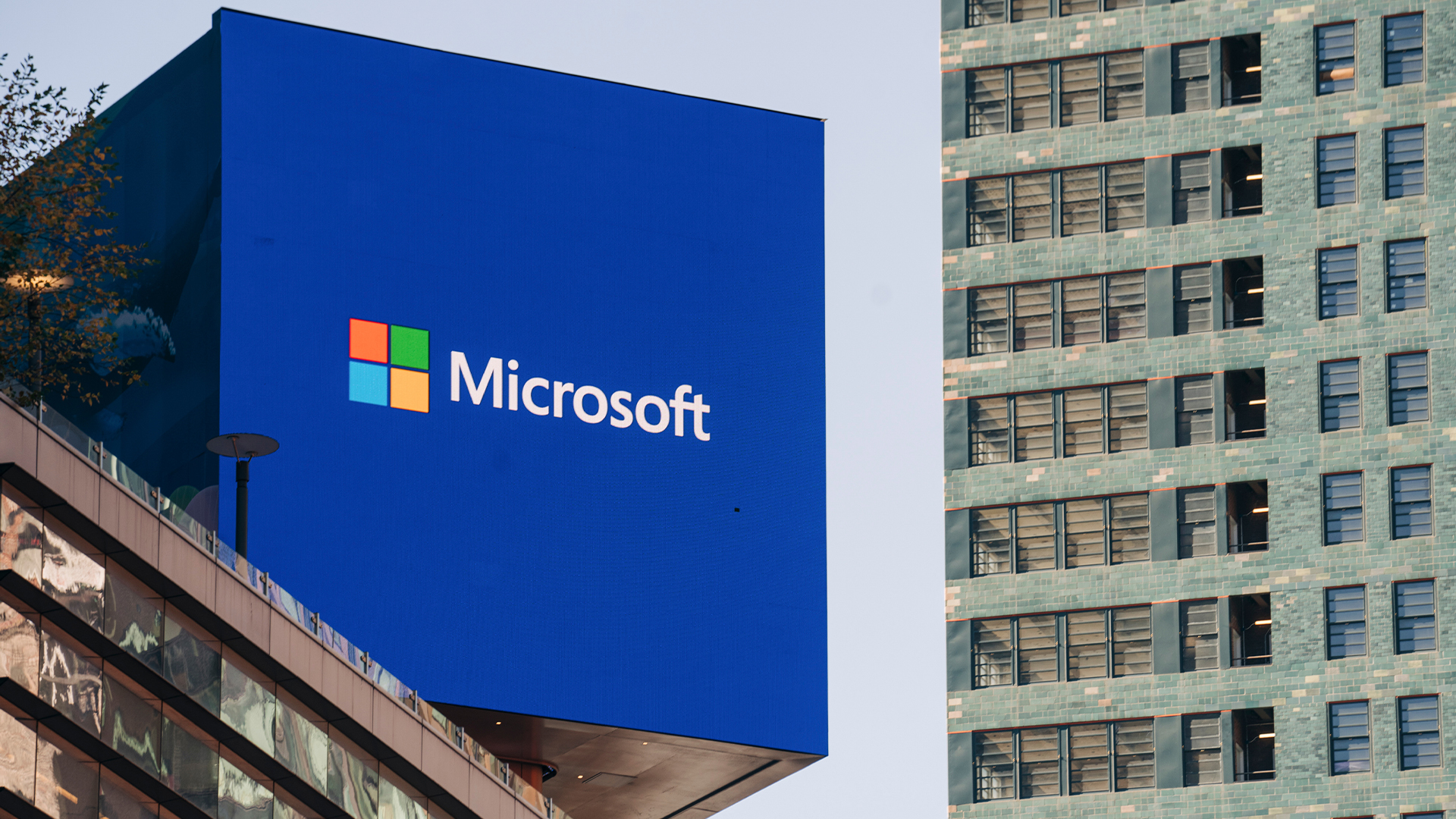Microsoft has published what it said is a first-of-its-kind look at the total environmental footprint of data center cooling technologies, from raw materials to retirement.
The ‘cradle-to-grave’ life cycle assessment (LCA), published in Nature, tots up the total carbon, energy, and water usage across four major cooling methods: air cooling, cold plates, one-phase immersion, and two-phase immersion.
“In a nutshell, we’re trying to understand the trade-offs,” said Teresa Nick, director, natural systems and sustainability for cloud operations and innovation at Microsoft and co-author of the paper. “You’re trying to understand the context of what you’re doing and what the impacts are.”
While the standard approach for data centers has been air cooling, the industry has more recently been exploring cooling technologies that rely on liquids, which can dissipate heat much more directly and efficiently than air.
In the case of cold plates, a coolant is pumped in a loop to a flat container that sits directly on top of the chips in a server rack.
One-phase immersion involves operating servers in a tank that has cooling fluid pushed through in a circuit; while in two-phase immersion, server racks are in a tank filled with a different fluid that boils at low temperatures, with the vapor rising to condense, thus cooling, and return to the tank.
Compared with air cooling, the study found cold plates and the two immersion cooling technologies can reduce greenhouse gas emissions by between 15% and 21% over their entire life cycles, along with cutting energy demand by 15% to 20% and water consumption by between 31% and 52%.
However, while two-phase immersion showed potential for improvements in all areas, it currently uses liquid polyfluoroalkyl substances, or PFAS – under regulatory scrutiny in the European Union and the US, meaning that they may be unavailable in the future.
“It was interesting to see that cold plates could be as good as the two immersion cooling methods,” said Nick.
Microsoft eyes renewables gains
Meanwhile, researchers found transitioning to 100% renewable energy can cut emissions by as much as 90%, regardless of what cooling technologies were used.
Microsoft said it plans to use the findings to improve new data center designs and cloud operations, and to help meet its broader sustainability goals. It’s also making the methodology available to others in the industry through an open research repository.
“Our intention is not to say, ‘this is the right technology.’ They all could be. There are different circumstances that make you use a technology,” said Husam Alissa, director of systems technology in Cloud Operations and Innovation at Microsoft and leader of the lifecycle assessment study.
“What we’re trying to do here is tell the industry, ‘Here’s how you build an end-to-end life cycle assessment that takes cooling into account. And here is a tool for you that you can customize to your specific needs and then make a decision’.”
MORE FROM ITPRO
Source link
